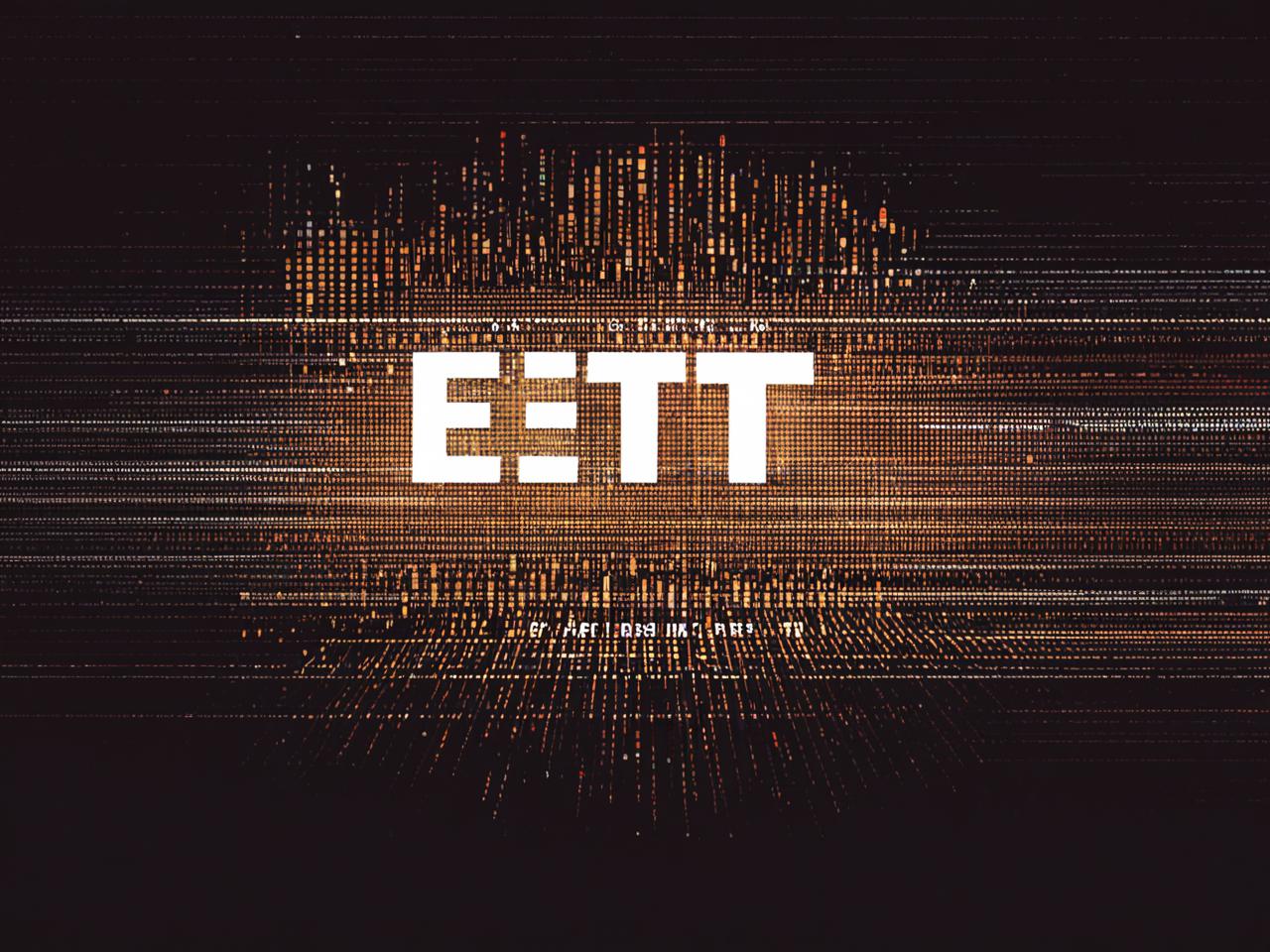本文目录导读:
- Introduction
- Understanding ELT: How It Works
- Why ELT is Gaining Popularity
- ELT vs. ETL: Key Differences
- Key Use Cases of ELT
- Challenges & Considerations
- The Future of ELT
- Conclusion
Introduction
In the ever-evolving landscape of data management, organizations are constantly seeking efficient ways to integrate, transform, and analyze vast amounts of information. One of the most significant methodologies in this domain is ELT (Extract, Load, Transform), a modern approach to data processing that has gained traction due to its scalability and flexibility. Unlike its predecessor, ETL (Extract, Transform, Load), ELT leverages the power of modern data warehouses and cloud computing to streamline data workflows. This article explores the fundamentals of ELT, its advantages over ETL, key use cases, and its role in shaping the future of data-driven decision-making.
Understanding ELT: How It Works
ELT is a data integration process that consists of three primary stages:
-
Extract (E): Data is pulled from various sources, including databases, APIs, logs, and SaaS applications. This could be structured (SQL databases), semi-structured (JSON, XML), or unstructured (text, images).
-
Load (L): The extracted data is loaded directly into a target system—typically a data warehouse (e.g., Snowflake, BigQuery, Redshift) or a data lake (e.g., AWS S3, Azure Data Lake). Unlike ETL, where transformation occurs before loading, ELT postpones transformation until after the data is stored.
-
Transform (T): Once the data is securely stored, transformations (cleaning, aggregating, enriching) are performed within the destination system using SQL or specialized tools like dbt (data build tool).
This approach contrasts with ETL, where transformations happen in an intermediate processing layer before loading into the target system. ELT’s key innovation is its reliance on the computational power of modern cloud-based data platforms, eliminating the need for separate transformation servers.
Why ELT is Gaining Popularity
Several factors contribute to the growing adoption of ELT:

Scalability & Performance
Modern cloud data warehouses (e.g., Snowflake, BigQuery) are designed to handle massive datasets efficiently. ELT takes advantage of their distributed computing capabilities, allowing transformations to run in parallel without performance bottlenecks.
Flexibility in Data Processing
Since raw data is stored before transformation, analysts and data engineers can reprocess it as needed without re-extracting from source systems. This is particularly useful for evolving business requirements.
Cost Efficiency
Traditional ETL requires maintaining separate transformation servers, which can be expensive. ELT offloads compute costs to cloud providers, reducing infrastructure overhead.
Real-Time & Near-Real-Time Analytics
With ELT, businesses can load data faster and perform transformations on-demand, enabling quicker insights compared to batch-based ETL processes.
Support for Diverse Data Types
ELT is well-suited for handling unstructured and semi-structured data (e.g., logs, social media feeds), making it ideal for modern analytics use cases like machine learning and AI.
ELT vs. ETL: Key Differences
| Feature | ELT (Extract, Load, Transform) | ETL (Extract, Transform, Load) |
|---|---|---|
| Transformation Location | Performed in the target system (e.g., data warehouse) | Performed in an intermediate processing layer |
| Scalability | Highly scalable due to cloud-native processing | Limited by transformation server capacity |
| Latency | Lower latency for loading raw data | Higher latency due to pre-load transformations |
| Cost | Lower infrastructure costs (pay-as-you-go cloud pricing) | Higher due to dedicated transformation servers |
| Use Case | Big data, real-time analytics, unstructured data | Legacy systems, compliance-heavy transformations |
While ETL remains relevant for certain regulatory and legacy scenarios, ELT is increasingly becoming the preferred choice for cloud-based data architectures.
Key Use Cases of ELT
Business Intelligence & Analytics
Companies use ELT to consolidate data from multiple sources (CRM, ERP, marketing tools) into a centralized warehouse, enabling self-service analytics via tools like Tableau and Power BI.
Machine Learning & AI
Data scientists rely on ELT to preprocess large datasets for training models, ensuring that raw data is readily available for feature engineering.
Data Lakes & Data Warehousing
ELT simplifies the ingestion of diverse data types into data lakes, where transformations can be applied later based on analytical needs.
Real-Time Data Processing
Streaming platforms (e.g., Kafka, Kinesis) can feed data directly into warehouses, where ELT pipelines transform it for real-time dashboards.
Compliance & Auditing
Since raw data is preserved, organizations can maintain an immutable record for regulatory compliance (e.g., GDPR, HIPAA).
Challenges & Considerations
While ELT offers numerous benefits, it is not without challenges:
- Data Governance: Storing raw data requires robust governance to prevent misuse or duplication.
- Transformation Complexity: Complex transformations may still require ETL-like tools (e.g., Apache Spark).
- Vendor Lock-In: Heavy reliance on cloud providers may limit portability.
- Cost Management: Without proper optimization, cloud compute costs can escalate.
Organizations must carefully evaluate their data strategy before fully committing to ELT.
The Future of ELT
As cloud computing and AI continue to advance, ELT will likely evolve in several ways:
- Automated Data Pipelines: AI-driven tools will optimize ELT workflows, reducing manual intervention.
- Serverless ELT: Platforms like AWS Glue and Google Dataflow will further simplify ELT deployments.
- Unified Data Platforms: The line between ELT and ETL will blur as hybrid solutions emerge.
- Enhanced Data Observability: Real-time monitoring will ensure data quality throughout the ELT lifecycle.
Conclusion
ELT represents a paradigm shift in data integration, offering speed, flexibility, and scalability that traditional ETL struggles to match. By leveraging cloud-native technologies, businesses can unlock faster insights, support advanced analytics, and future-proof their data infrastructure. While challenges remain, the continued innovation in ELT tools and methodologies ensures its dominance in the data landscape for years to come.
For organizations looking to modernize their data stack, adopting ELT is not just an option—it’s a strategic imperative.









